A 'bomb' cyclone is defined as a low-pressure area that deepens by at least 24mb in 24hrs
8 Feb 2020
 I
I
n this file photo, snow covers cars in Paradise, Newfoundland, in this image obtained from social media [Kim Porter/Reuters]
A "bomb" cyclone with a central pressure of 929 millibars (mb) has formed between Greenland and Iceland, while another deep low pressure area has opened up over the Canadian province of Nova Scotia.
A "bomb" cyclone is defined as a low pressure area that deepens by at least 24mb in 24 hours.
A "bomb" cyclone with a central pressure of 929 millibars (mb) has formed between Greenland and Iceland, while another deep low pressure area has opened up over the Canadian province of Nova Scotia.
A "bomb" cyclone is defined as a low pressure area that deepens by at least 24mb in 24 hours.
The storm over Canada has been encouraged by a jetstream at the top of the atmosphere, about 12km up, blowing at 400km per hour. This wind defines the meeting of two air masses, one Arctic in origin and the other more tropical.
The cyclone over Nova Scotia is at the head of a frontal boundary that, over the past two days has brought tornadoes, gales, flooding rain and snow from Texas to Tennessee to Connecticut.
The storm centre will soon be steered across Newfoundland.
For the second time this season, Newfoundland will get a significant taste of winter. Heavy snow, severe gales, freezing rain and driving ice pellets are all expected and Environment Canada issued has red weather warnings in advance.
Then, as the Greenland bomb cyclone slowly relaxes its hurricane-force winds, it steers the Newfoundland cyclone directly towards northwest Europe where, as windstorm Ciara, it will bring widespread potentially damaging winds.
Met Eireann, the Irish meteorological service, has already issued warnings for strong winds across Ireland and the UK, while winds of 70km/h gusting to 130km/h are likely to sweep across northwest Europe on Sunday, Monday and Tuesday.

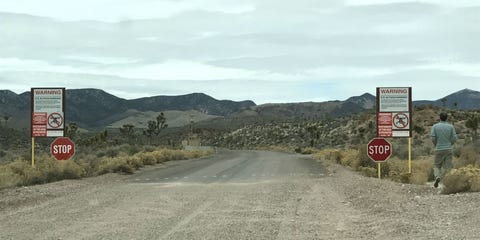




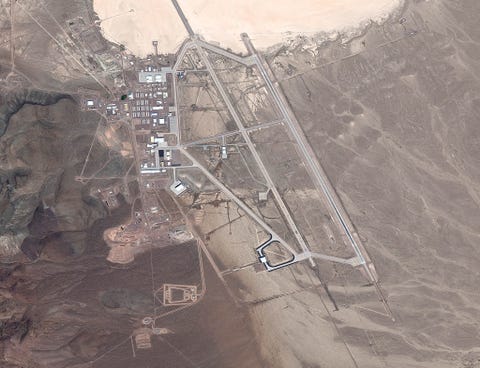
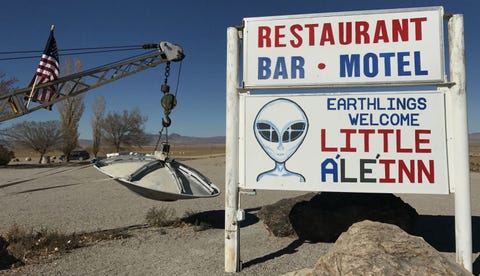

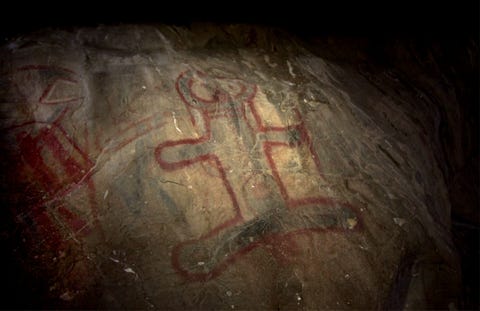






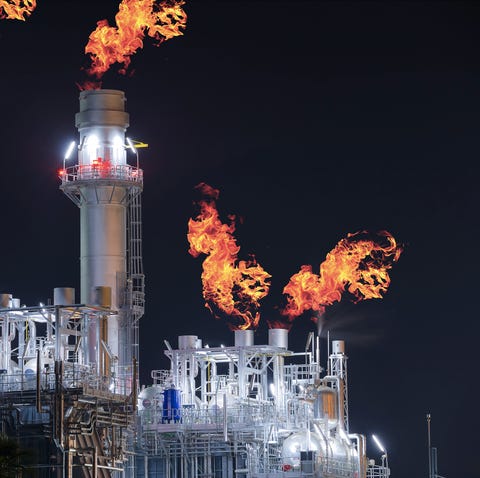
 In this file picture, a protester waves a Bahraini flag as he flashes a victory sign during an anti-regime protest organized by Bahrain's main opposition group al-Wefaq, in the village of Daih, north of the capital Manama. (Photo by Reuters)
In this file picture, a protester waves a Bahraini flag as he flashes a victory sign during an anti-regime protest organized by Bahrain's main opposition group al-Wefaq, in the village of Daih, north of the capital Manama. (Photo by Reuters)







